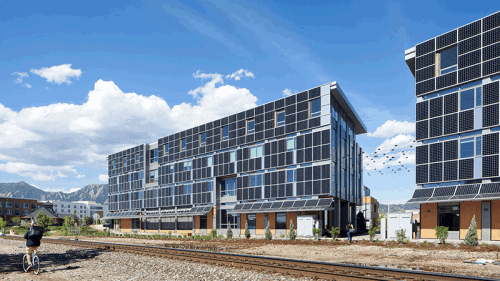ULI recently supported an effort by the American Institute of Architects and McGraw Hill Construction to take the pulse of key stakeholders that have the ability to influence healthy design, construction, and operation of buildings. These stakeholders—physicians, construction industry professionals in residential and nonresidential markets, building owners, and homeowners—were surveyed in an effort to understand their awareness of links between health and buildings.
Survey results are summarized and explored in a new SmartMarket Report, The Drive toward Healthier Buildings: The Market Drivers and Impact of Building Design and Construction on Occupant Health, Well-Being, and Productivity. The report also offers recommendations targeted to each stakeholder group to help advance the awareness of links between buildings and public health.
Key findings:
- Industry professionals—in both residential and nonresidential sectors—are aware of the importance of building design and construction to health. In addition, all players in these sectors (owners, designers, and builders) expect health to have a greater influence on their design and construction decisions over the next two years than it does today.
- Owners and architects agree that greater public awareness would encourage a stronger focus on health during design and construction. Forty-six percent of owners and 45 percent of architects surveyed ranked public awareness as one of the top three drivers of an increased focus on health during design and construction. The top driver for contractors was more demand from owners (56 percent), though public awareness was the second–most-important driver (39 percent).
- Architects and contractors report a fairly wide use of healthy building strategies today, and expect it to increase in the next two years. Most-used strategies include daylighting, low-VOC products and nontoxic building materials, and mechanical ventilation strategies that maximize air exchange. While design and construction strategies that maximize physical activity are only currently used by 43 percent of architects today, 61 percent expect that use to increase by 2016.
- Many healthy community attributes that are important to homeowners are not a high priority for architects and homebuilders. For example, 71 percent of homeowners cited proximity to walking paths, sidewalks, and trails to be very or somewhat important in their decisions of where to live. In contrast, only 22 percent of architects and 16 percent of homebuilders factor these amenities into their decisions.
- Physicians are overlooking the connections and advantages of healthy buildings on the public’s health. Only 53 percent of pediatricians, 40 percent of psychologists and psychiatrists, and 32 percent of general practitioners believe that buildings have an impact patient health.
- Homeowners do not look to industry professionals for advice on healthy home and building decisions. Typically, they look to family, friends, peers, and medical professionals. This underscores the need for physicians to be better-informed advocates for healthy buildings.



